Contact Us
- Address: Réservations par internet seulement
- Email: infoSPAMFILTER@spaceobs.com
- Phone: No telephone
- Cellphone: No telephone
- Website: www.spaceobs.com
Next moons
20-12-2025 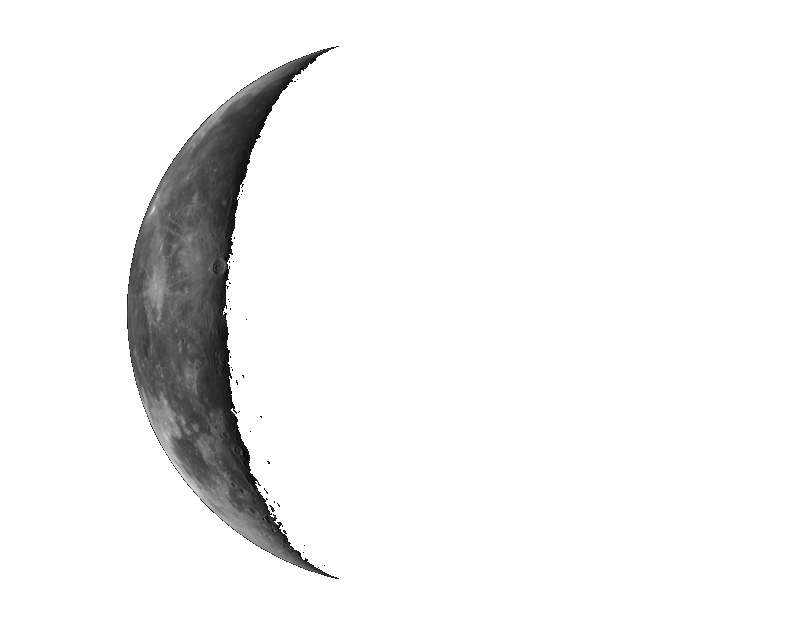 | 27-12-2025 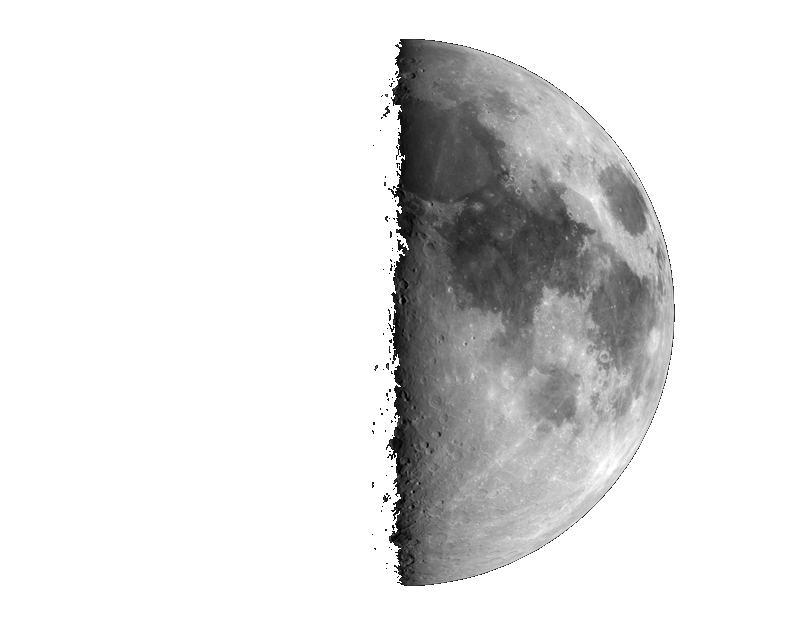 |
03-01-2026 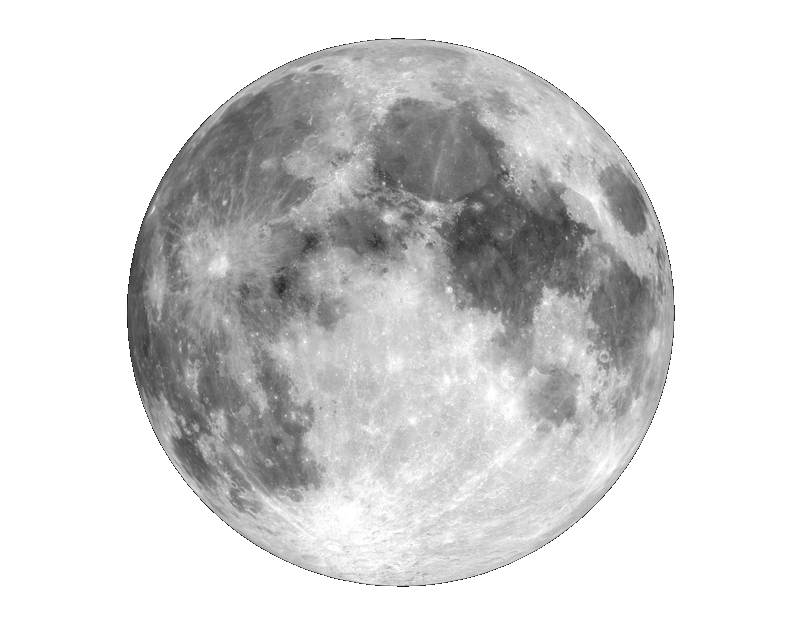 | 10-01-2026 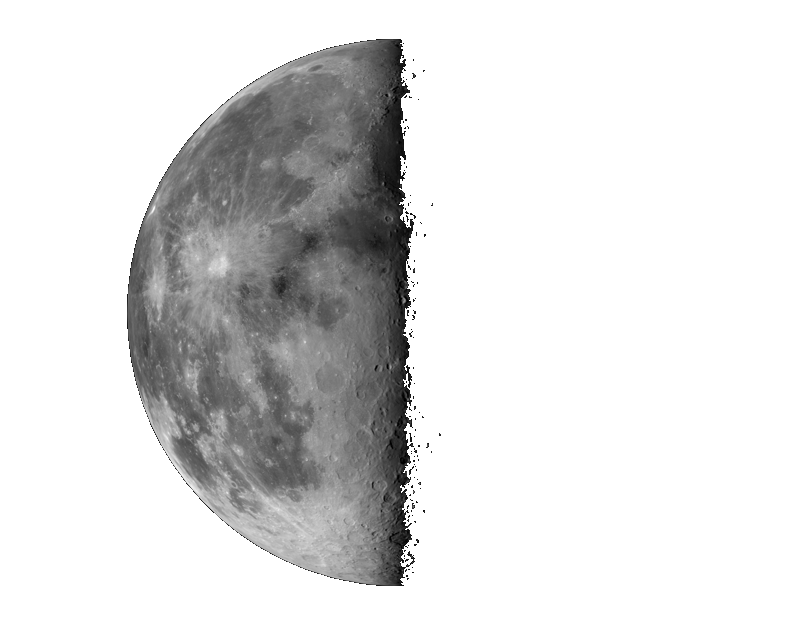 |
Sponsors
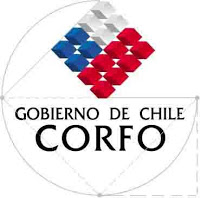
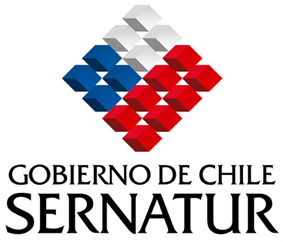
Celestial discovery tours
SPACE (San Pedro de Atacama Celestial Explorations) has been operating in San Pedro since 2003. It was only about ten years later that other agencies in San Pedro started astronomical tourism, which is our only activity.
Today there are more than fifty agencies in San Pedro that offer astronomical tours, with "variable" qualities.
We offer different services every night except the 7 nights around the full moon (the moon is too bright, you can see almost nothing in the telescopes, except bright objects such as the moon or planets).
Our tours can be in French, English, Spanish and more rarely Portuguese. It is impossible to translate the tour in real time (without disturbing other participants).
The start time varies depending on the season (first round at 7pm in winter, 9pm in summer). All of this is made clear when we confirm your turn.
Bookings can only be made via the internet, and it is common for the tours to be booked a few weeks in advance. Please do not book if you are not sure to come. We typically reject 10 to 20 persons per night, which could have taken your reservation.
The completion of the tour obviously depends on the weather conditions. In general, the weather in San Pedro is fine. Sometimes the sky is cloudy, and unfortunately there are evenings when it is very difficult to predict how the weather will evolve. Sometimes we cancel a tour and an hour later the sky is perfectly clear. Or the other way around, we make the decision to do the tour (half an hour before the start of the tour) and then once the tour starts the sky is overcast. Meteorology is not an exact science.
The temperature at night is usually colder than during the day, so it's essential to dress warmly.
Some people tend to confuse holidays with commando training. It's a good idea to take time and not overload your schedule. You are on vacation. For example, do not visit the Tatio geysers (get up at 4 a.m.), then end the day with the astronomical tour (which can end at one o'clock in the morning the next day). In the same way, don't do the astronomical tour the night before your visit to the geysers a few hours later.
Children are accepted, as long as they do not disturb the participants of the tour (i.e. no screaming, crying, children running around the telescopes, or climbing on them). In all cases, parents are responsible for their children during the tour.
They are limited to a maximum of 16 people, often less.
The starting point is in front of the E26 school in San Pedro, Calle Ignacio Carrera Pinto (we will send you a map when you make your reservation). Our bus has a clear "SPACE" sign in the front.
At the end of the tour, our bus will take you back to your hotel or near your hotel.
The tour lasts from two to three hours. It includes a general introduction to the sky, and its observation with the naked eye, followed by an observation using large diameter telescopes giving an exceptional view of celestial objects. At the end of the tour, we return to the warmth, finish the tour by offering you a hot drink. We also take a souvenir photograph in front of the telescope and the starry sky.
The current price is 45000 pesos. It can be paid in credit card, pesos, US dollars or even euros.
We do not work with any other agencies in San Pedro. In other words, there have been agencies that claim to work with us and then send you to another observatory with smaller telescopes, and less competent guides. In the same way, there are agencies that use photographs of our telescopes on their web pages. San Pedro = Touristic Wild West
In this tour, only people from your group are admitted. If the number is limited, we only use the largest telescope.
The bus picks you up from your hotel and takes you back there at the end of the tour.
Contact us for the rate which depends on the number of people.
The "bucket list" is the list of things you would like to do before you die (kick the bucket in American). The name comes from the fact that two of the first participants told us that observing objects in the southern sky once in a large telescope was on their bucket list. The number of people is very limited for the simple reason that when the group exceeds 4 people, it takes a long time to move from one object to another. This tour is intended for experienced amateur astronomers who don't need explanations about the sky with the naked eye, constellations, etc.
This tour includes an overnight stay in one of our lodges and takes place as follows. You arrive in the afternoon or late afternoon. At the beginning of the night, while the first regular tour observes the sky with the naked eye, we have a first session to observe the celestial objects in the western sky. At the end of our regular tours (midnight or one o'clock in the morning depending on the season), we have a second, longer session to observe what is visible at that time. At the end of the night, we can possibly do a last session to observe the objects in the eastern sky. You end the night sleeping in the lodge, which allows for a more restful sleep than in hotels in the city where "normal" guests get up at seven in the morning without much respect for people who want to sleep longer.
This tour allows you to observe dozens of objects in the sky, those that are our favorites but also yours if they are different. We don't limit ourselves only to objects in the southern sky of course (the Veil nebula in Cygnus is fantastic in the 1m15 telescope).
These tours don't run during the cold season (June-August).
Telescopes:
One of the reasons for participating in our tours is the fact that we have large telescopes, which, not surprisingly, give much better images than in the much smaller telescopes used in the other astronomical towers in San Pedro and elsewhere in Chile. In the best case scenario, on San Pedro you will be able to observe through a telescope of 30 or 40cm in diameter. This gives good images of bright objects (moon and planets) and are difficult to show nebulae and other galaxies.
Varying according to the size of the group (sometimes we receive groups exceeding 50 people in which case we use more telescopes), for "normal" groups of 14 to 16 people, we use 60cm telescopes, a 72cm telescope, and a 1m15 diameter telescope which is the largest telescope accessible to the public in the southern hemisphere.
These telescopes are well maintained with good optical collimation (i.e. not like in some tours where the so-called guides have no idea how to adjust their telescope)
The other point is obviously the eyepieces. The "magnifying glass" through which the eye observes. There is a whole range of eyepieces, with very different apparent fields of view and prices. Oddly enough, you can see much better in a $500 to $1,000 eyepiece like the ones we have than in the $50 eyepieces sold with commercial telescopes.
There are obviously much larger telescopes in Chile, especially those of the European Southern Observatory, but on the one hand they are booked in advance by groups of professional astronomers on research programs and on the other hand, equipped with electronic cameras and other spectrographs, they are not suitable for visual observation, there are no eyepieces available. These observatories are only open to the public during the day, on Saturdays. No visual observation is possible using these telescopes.
20-12-2025  | 27-12-2025  |
03-01-2026  | 10-01-2026  |

